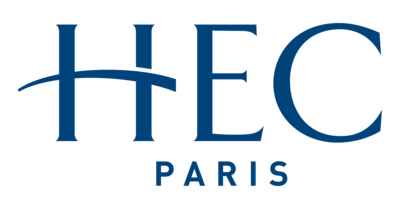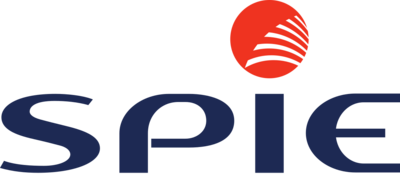Donnez du peps à vos formations business !
En choisissant Aquafin, vous optez pour des formations ludiques et collaboratives qui vous apprennent à mieux piloter la performance financière, sociale et environnementale de votre entreprise !
Aquafin formation en entreprise à Paris
Aquafin, kezako ?
Notre cœur de métier, c’est l’apprentissage par le jeu de compétences clés pour vous permettre d’améliorer la performance financière, sociale et environnementale de votre entreprise. Oui oui, on peut s’amuser même en s’appropriant des concepts rasoirs comme les états financiers.
Piloter sa performance, c’est comme apprendre à faire du vélo: pour avoir plus de chances d’y arriver, il faut des roulettes, un casque, quelqu’un qui nous accompagne… et de l’expérience !
Et ça tombe bien, puisque l’expérience et l’accompagnement, c’est ce que nous vous offrons: à travers nos formations, vous développerez une vision claire et globale des enjeux financiers, sociaux et environnementaux, et vous repartirez avec une boîte à outils pour éclairer vos décisions futures au sein de votre entreprise.
Pour y parvenir, nous nous appuyons sur le jeu et la dynamique d’équipe - autrement plus amusant qu’un cours magistral ou une capsule vidéo, vous ne trouvez pas ? Nos formations sont entrecoupées de moments de partage collectifs pour optimiser votre apprentissage individuel et pour tisser collectivement les liens entre le contenu de la formation et votre contexte d’entreprise !
Mais pourquoi le jeu en fait ?
Parce que c’est prouvé, on apprend mieux en s’amusant ! Dans nos simulations d’entreprise, vous accumulez non seulement de l’expérience avec vos pairs, mais vous mettez aussi directement en pratique vos nouvelles compétences, et ce, en contexte ! Comme ça, quand vous vivrez une situation similaire dans votre entreprise, vous pourrez vous rappeler de ce que vous aviez fait dans la simulation, pas mal non ?
Particulièrement adaptées aux jeunes talents, hauts potentiels et managers de votre entreprise, nos formations sont complétées par des exemples concrets et des cas issus de l’expérience de nos animateurs, mais aussi de vos propres experts, si vous le souhaitez.
Nos formations prêtes à l’emploi
Nous avons concocté trois formations prêtes à l’emploi pour un déploiement rapide, à l’interface des aspects financiers, sociaux et environnementaux :
On y presque mais ce n’est pas tout à fait ce dont vous avez besoin ?
Pas de panique, nous offrons aussi des formations sur-mesure, qui reprennent nos sujets de prédilection et qui s’adaptent à vos besoins particuliers. Contactez-nous pour en savoir plus !
Bon à savoir concernant nos formations
Public
Managers, hauts potentiels et jeunes talents en entreprise
Format
Formations en présentiel et en ligne
Durées
De 1 à 3 jours
Langues
Français et Anglais
Les mots gentils
Bravo pour l'utilisation de cet outil ludique: ça aide vraiment à comprendre. Je suis sûr que je retiendrai tout ce que j'ai vécu, grâce aux émotions, à la gamification, les couleurs et la musique qui se sont retrouvées dans cette formation. C'est ça, la recette d'un enseignement excellent !
J'ai trouvé la formation beaucoup plus divertissante que prévu. Je m'attendais à ce qu'un cours sur la finance soit assez pauvre en matière de contenu et de présentation. Mais grâce à l'apprentissage par le jeu, il était beaucoup plus facile de s'impliquer et de rester investi. La formatrice était compétente et enthousiaste. Je recommande.
Mes gars ont plus appris en une seule journée avec Aquafin qu'en deux semaines de formation classique. Une méthode efficace !
Le jeu est un outil pédagogique très intéressant, et encore plus quand l'animation de l'atelier est menée par Anne Frisch.
Après cette formation, je comprends parfaitement comment mes initiatives peuvent améliorer la performance de mon entreprise, à court et à long terme. Et je peux valoriser les actions que je propose au Comex.
Une journée de formation à la gestion de projet qui alliait subtilement réflexion, écoute attentive et légèreté.
Une formation claire et dynamique. Le support par le jeu est très riche: pratiquer, tenter des stratégies et voir les impacts, tout en restant dans un challenge bienveillant entre équipes. Du Test & Learn en direct !
Merci pour cette gentillesse, ce dynamisme et votre engagement durant ces 3 jours de formation.





